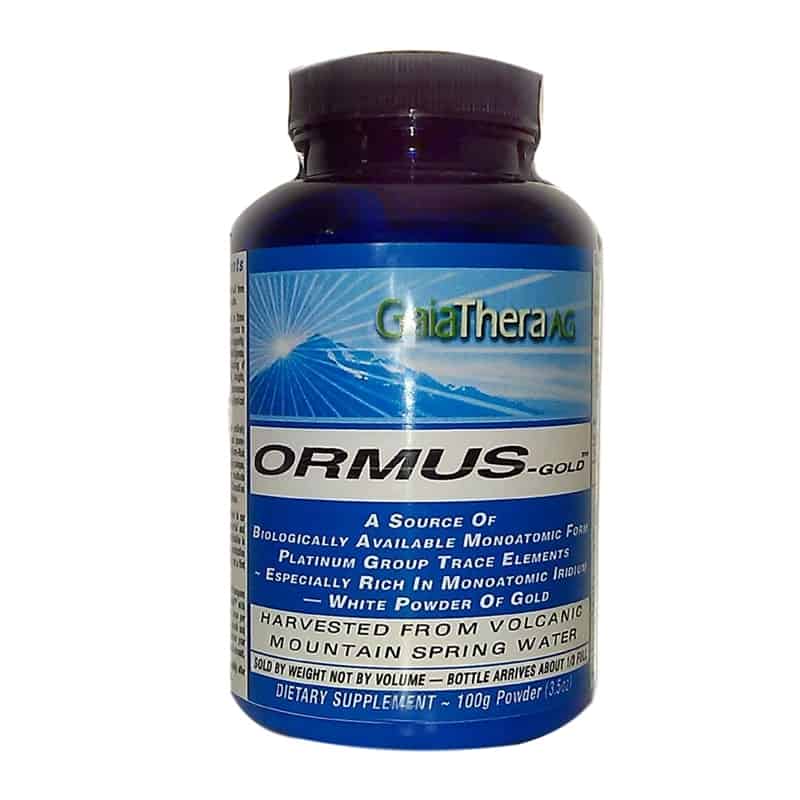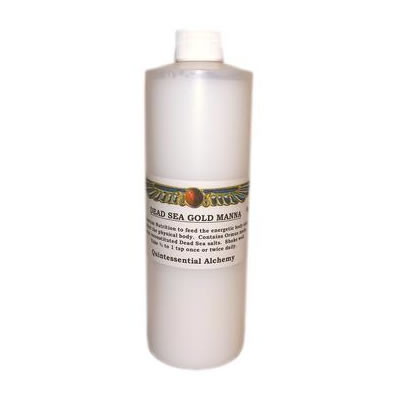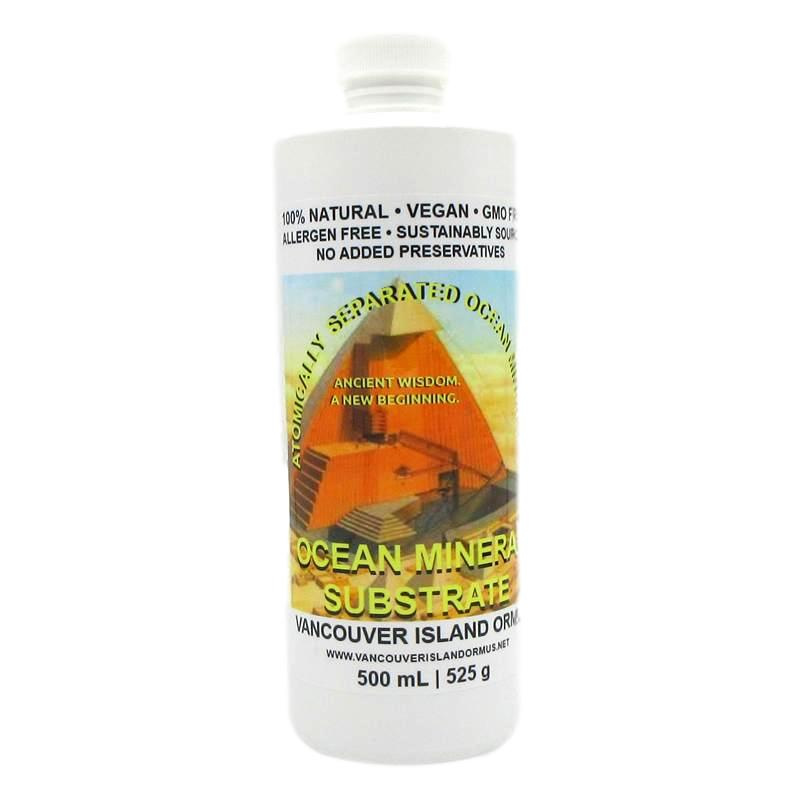No products in the cart.
Let’s hear it for Dmitri Mendeleev. His periodic table has done a remarkable job of making sense of the elements, arranging them neatly into families whose members share similar properties. For more than a century it has been chemists’ guiding light. But Mendeleev’s classic layout is starting to prove inadequate at describing the unexpected ways in which chemical elements behave when divvied up into small chunks. And now some chemists think it may be time to build a whole new table, this time from something much stranger than atoms: super-atoms. According to Mendeleev’s roll call, an element’s chemistry can be deduced from where it sits in the periodic table. Reactive metals like sodium and calcium occupy the two columns on the left. The inert “noble” gases make up the column on the far right, flanked by typical non-metals such as chlorine and sulphur.
Now this neat picture is being disrupted by super-atoms – clusters of atoms of a particular chemical element that can take on the properties of entirely different elements. The chemical behaviour can be altered, sometimes drastically, by the addition of just one extra atom. “We can take one element and have it mimic several different elements in the periodic table,” says Welford Castleman, an inorganic chemist at Pennsylvania State University who has studied the chemistry of aluminium super-atoms. It is a finding that is challenging our entire understanding of chemical reactivity. Adding super-atoms to the periodic table would transform it from a flatland to a three-dimensional landscape in which each element is drawn out into a series of super-elements.
Super-atoms could have practical uses too: they could be combined into super-molecules to make new materials. And their unusual chemistry could be harnessed to make efficient fuels. According to conventional thinking, the chemical properties of an atom depend on the way the electrons orbiting its nucleus are arranged in a series of shells. This in turn is determined by the number of electrons it possesses – just one in the case of hydrogen, for example, but up to 92 for an atom of the heavy metal uranium. The structure of the periodic table is explained by the gradual filling of the shells. Atoms with completely filled shells – the noble gases, such as helium, argon and xenon – are particularly unreactive.
The most reactive elements are often those with atoms that are just one electron short of a filled shell and so occupy the column next to the noble gases in the periodic table, or those with one electron too many, which make up the left-most column of the table. This simple picture was thrown into disarray in the early 1980s, when evidence started appearing that clusters of atoms of one element could behave like another. Thomas Upton at the California Institute of Technology in Pasadena discovered that clusters of six aluminium atoms could catalyse the splitting of hydrogen molecules in much the same way as ruthenium, a metal used as a catalyst in the chemical industry.
This quickly led to thoughts of extending the periodic table. “Some of us started giving talks with Mendeleev in the title,” recalls Robert Whetten, a cluster chemist at the Georgia Institute of Technology in Atlanta. What was so special about these six-atom clusters? Research carried out around the same time by Walter Knight and his colleagues at the University of California, Berkeley, on another type of cluster started to provide some clues. Knight’s team was working with a cool gas of sodium atoms and noticed clusters of atoms condensing out of the gas, rather like water droplets in a steamy room. Close inspection led to an unexpected discovery: rather than being made up of random numbers of atoms, the clusters mostly contained 8, 20, 40, 58 or 92 atoms. But why these numbers over others?
Atomic alter ego
Knight and his colleagues suspected it was down to the arrangement of electrons in the clusters. In a large lump of any metal, including sodium, some of each atom’s electrons are free to move through the solid lattice. That’s why metals conduct electricity. But Knight suspected that if these electrons are confined to a small number of atoms they might behave differently. To find out more, he borrowed a model used in nuclear physics and applied it to the cluster of atoms. Known as the “jellium” model, it treats the cluster of atoms as though they were a blob of jelly. Inside the blob, one electron from each sodium atom becomes free to roam through the blob. According to Knight’s calculations, the electrons in the blob arrange themselves in shells, just as the electrons of a single atom do, making the cluster behave as a giant atom.
And when his team calculated the number of electrons that would make complete shells in a jellium cluster, the answer turned out to be 8, 20, 40 and so on. Since each sodium atom contributes one electron to the jelly, this explains why sodium clusters tended to be made of 8, 20 and 40 atoms. Clusters of this size can be thought of as the superatom counterparts of the noble gases, because their jellium electron shells are completely filled. Knight’s jellium model explains why stable clusters form. But could it explain why clusters of one element mimic another as Upton had found? Fast-forward to the mid-1990s, when Castleman was investigating what happens when oxygen reacts with aluminium cluster-ions – clusters that had been given an extra electron.
Castleman saw the oxygen stripping away aluminium atoms from the clusters one at a time, steadily shrinking them down to nothing as the reaction progressed. “We can take one element and have it mimic several different elements in the periodic table” But when he did the experiment with clusters of various sizes, he noticed that the reaction would suddenly stop, leaving behind a depleted cluster. When he looked more closely, he found that the leftover clusters contained 13, 23 and 37 aluminium atoms. It seemed that there was something about these clusters that made them unwilling to react with oxygen. To understand what that was, Castleman and his colleagues turned to the jellium model and used it to calculate the arrangement of electrons in the Al13, Al23 and Al37 clusters.
They found something similar to what Knight had seen in sodium clusters. Aluminium cluster-ions made of 13, 23 and 37 atoms – plus an extra electron – have just the right number of electrons to form closed electron shells. In effect, aluminium cluster ions with this number of atoms behave more like a noble gas than aluminium, at least as far as the reaction with oxygen is concerned. The numbers are different from the numbers in Knight’s clusters because aluminium atoms contribute more electrons to the jelly than sodium does. Castleman then wondered what would happen if he removed the extra electron from the clusters. Elements with one electron fewer than the noble gases are the halogens – fluorine, chlorine, bromine and iodine – which are highly reactive.
Sure enough, his team found that if they removed an electron, the neutral Al13 clusters underwent the same chemical reactions as the halogens. What’s more, they found that Al13 cluster-ions, with their extra electron, behave much like the bromide ions that form when bromine atoms gain an electron. So it certainly looks as if aluminium, which is a typical metal, can be made to behave like a classic non-metal if it is in superatom form. How far does the similarity go? To test the chemistry of the aluminium superatom, Castleman’s team investigated how it reacts with a halogen molecule such as iodine. Bromide ions are known to stick to iodine gas molecules to create BrI2– ions.
Similarly, iodine ions latch onto iodine molecules to form tri-iodide ions, I3–, and further iodine molecules can then be added to create I5– and I7–. Castleman thought that if Al13 cluster-ions really do mimic halide ions, then they should undergo the same reaction too. So his group tried it. Sure enough, they found that they could make Al13I2– and Al13I4–. It certainly looked promising. “We then started to work with other aluminium clusters,” says Castleman, and that’s when they discovered that they could get aluminium to mimic another element too. In reactions with iodine gas, they found that a cluster of 14 aluminium atoms behaves like an alkaline earth metal, the family in the second column of the periodic table that includes calcium and magnesium.
Scouring for superatoms
These discoveries have prompted Castleman and his colleagues to scour the periodic table for more superatoms. So far, they have found hints that the chemical reactivity of clusters combining vanadium and oxygen atoms changes dramatically with the number of atoms in the cluster. But curiosity aside, what’s the point? What can be gained from making a compound with a superatom mimicking an element like bromine, rather than with bromine itself? One answer is that superatoms could provide entirely new types of material, including “expanded” crystals. In a solid such as sodium chloride, the atoms are stacked together like oranges in a market display. In an expanded crystal, the atoms would be replaced by a stack of giant superatoms.
Expanded crystals could have useful properties. In the early 1990s, it was discovered that the superconducting properties of carbon-60 crystals doped with metal ions could be maintained at ever higher temperatures by squeezing larger and larger ions into the crystal lattice. Even so, the temperature at which the material ceased to act as a superconductor was still not very high – and was certainly a long way from the room-temperature superconductivity that researchers would love to achieve. Perhaps superatoms could hold the answer here and in related applications. Shiv Khanna, a physicist at Virginia Commonwealth University in Richmond who works with Castleman, hopes that replacing iodine in conducting polymers with aluminium superatoms could improve their conductivity.
Not all researchers share his optimism. “There is skepticism, mostly expressed by physicists and theorists, that a crystalline material composed of large aluminium clusters could ever be achieved,” Whetten admits. “But my opinion is that one of these projects will eventually succeed.” Castleman is confident that chemists’ ingenuity will win through. “Physicists lack appreciation for the immense variety of chemical approaches to synthesising new materials,” he says. He looks forward to being able to use clusters to build materials with tailor-made properties. Another of the hopes for superatoms is that they could be used to disguise an element’s normal chemistry.
Aluminium could be a useful additive to solid fuels because it releases huge amounts of energy when it burns. But there is a problem: fine aluminium power is so reactive that the grains often oxidise before they even reach the ignition chamber, making them useless for boosting fuel. Castleman thinks the solution might lie with noble-gas-like Al13 cluster-ions, which do not react with oxygen. His plan is to combine them with some kind of combustible organic molecule and mix the resulting compound with the fuel. “It would be totally stable,” he says, “until a flame kicks out the extra electron.” At that moment, the cluster’s disguise would fall away, returning it to its reactive neutral form.
The idea “is just getting started”, Castleman says, and he cautions that he doesn’t know yet if it will work. But it is looking promising enough to have attracted the US air force, which is funding him to do further research. Applications like these are not the main point, however, at least as far as chemists are concerned. For them, superatoms could provide a means to change something they had previously accepted as given: the chemical properties of the elements. Now they are on the verge of being able to control and alter the way the elements react. It is a kind of alchemy, but it has no need of magic. All you have to do is count the right number of atoms.
From issue 2495 of New Scientist magazine, 16 April 2005, page 30
Size does matter
For nearly two centuries, researchers have known that when matter is divided into very small lumps it behaves in new and sometimes surprising ways. One of the most recent examples is seen in the change in the colour of light produced by some fluorescent materials if they are diced into nanoscale specks. When the semiconductor cadmium selenide is illuminated with white light, it normally fluoresces in the infrared part of the spectrum. But prepare it in the form of grains just a few tens of nanometres wide, and the wavelength of the light it emits becomes shorter, putting it into the red or yellow part of the visible range.
The light is emitted when electrons in the semiconductor jump between quantised energy levels. Confining the electrons within nanoscale particles changes the energy levels, making the gap between them larger. As a result, the photons of fluorescent light have more energy, which in turn means that their wavelength is shorter. This effect allows the colour of the light emitted by the nanoparticles to be tuned simply by changing their size. The particles are already being used as glowing tags for labelling cells and could be turned into tiny light sources for optical communications.








